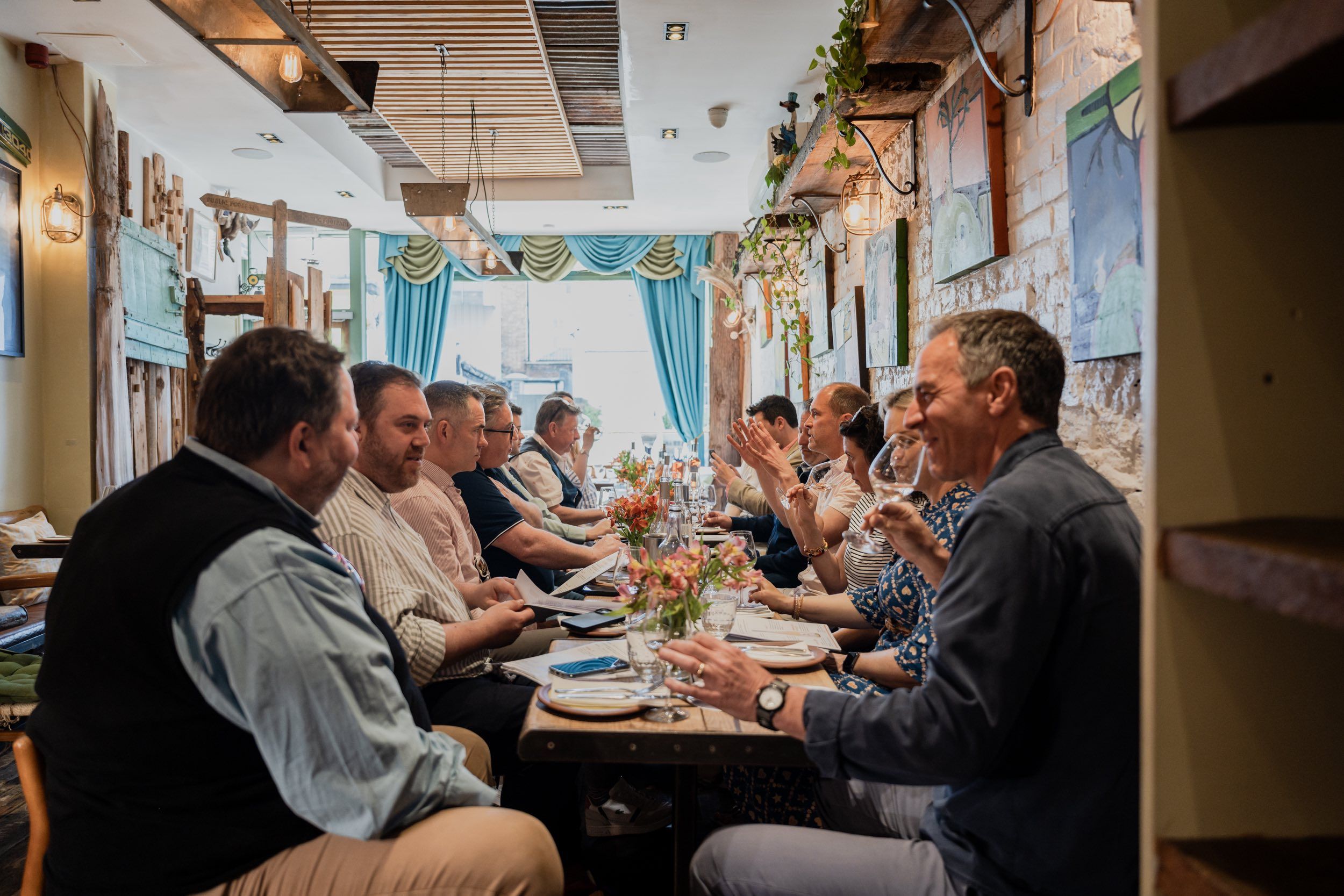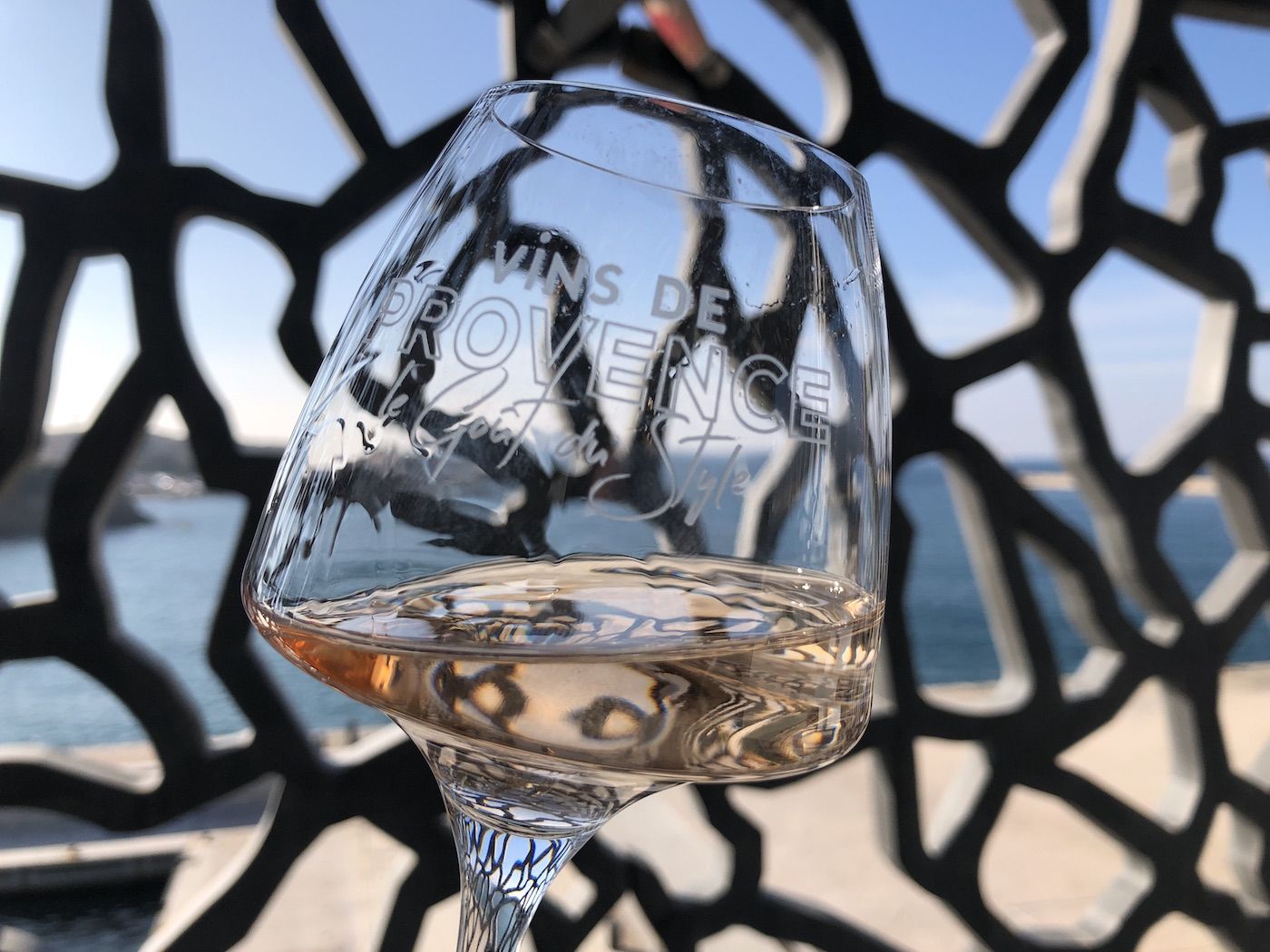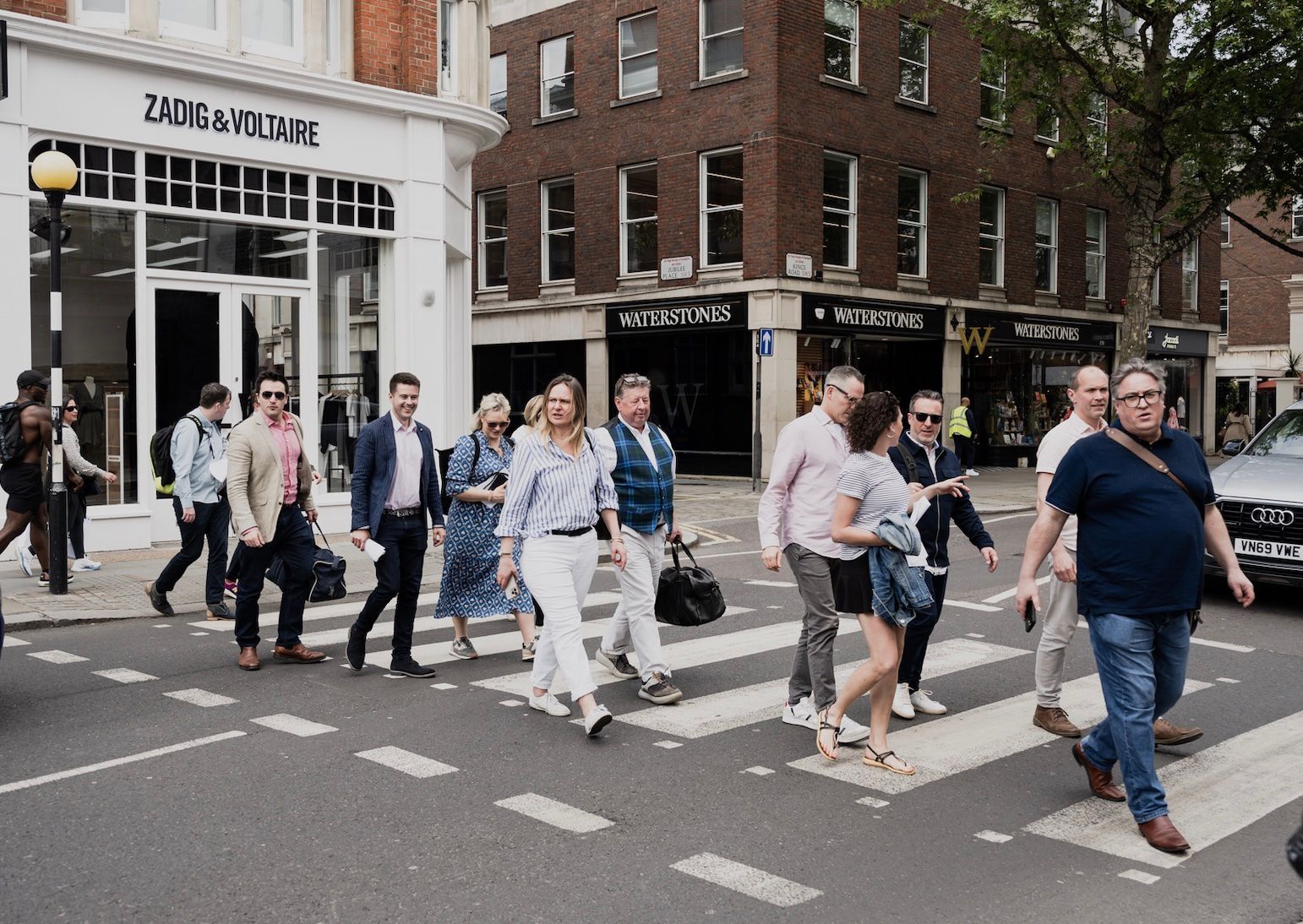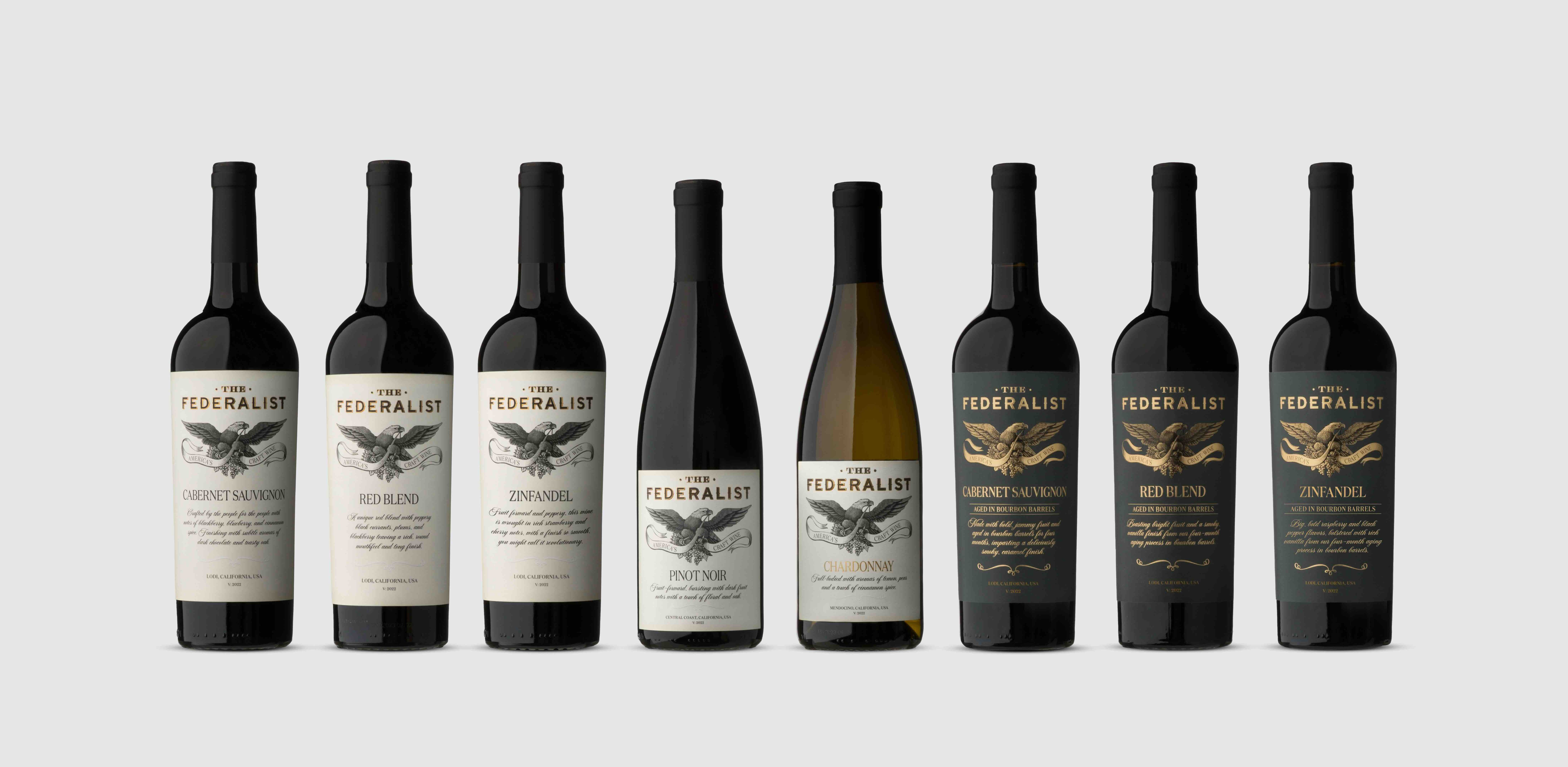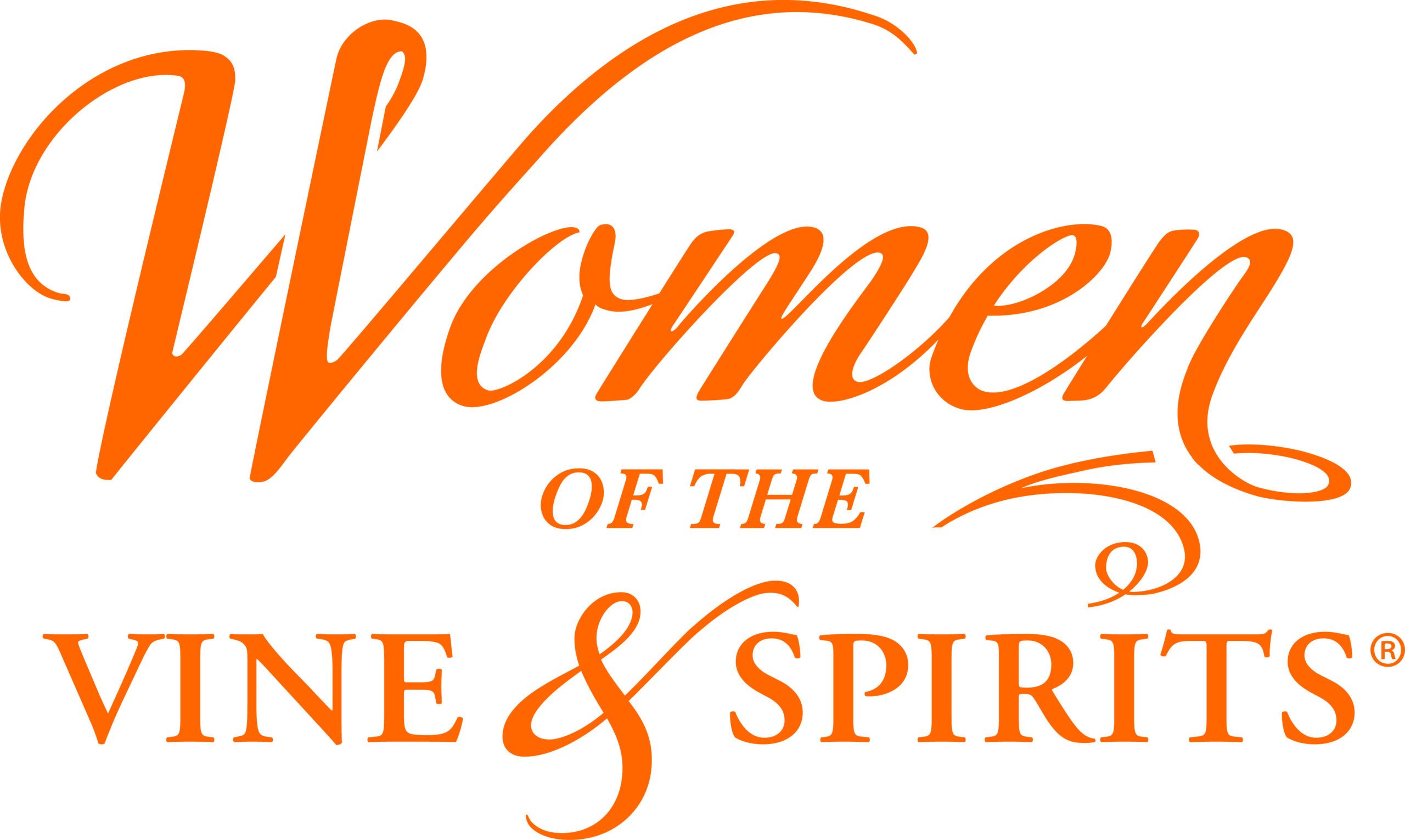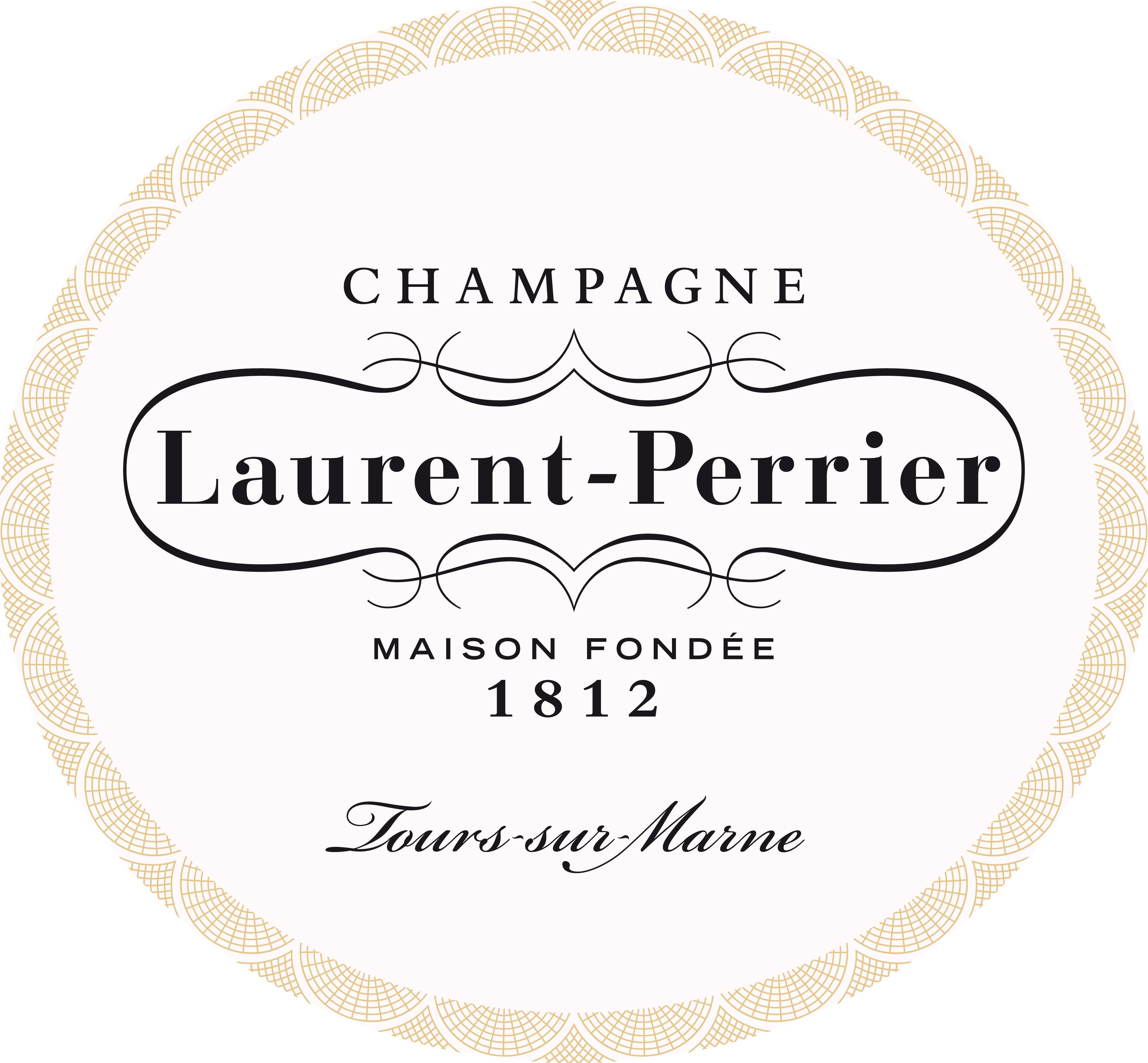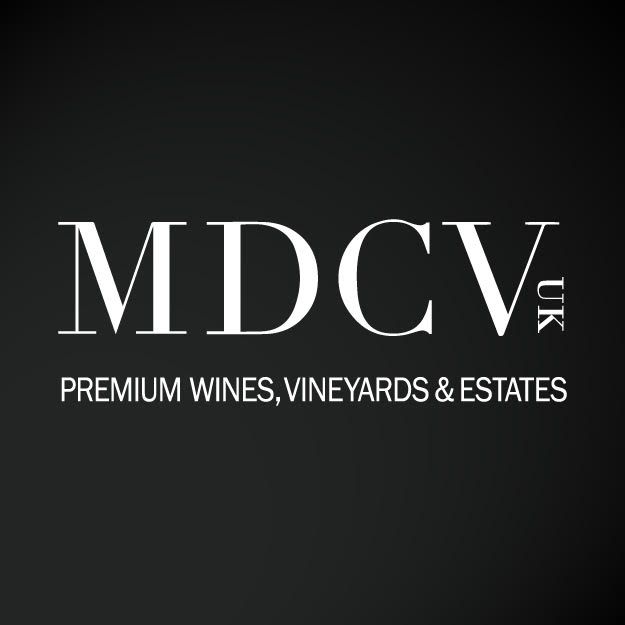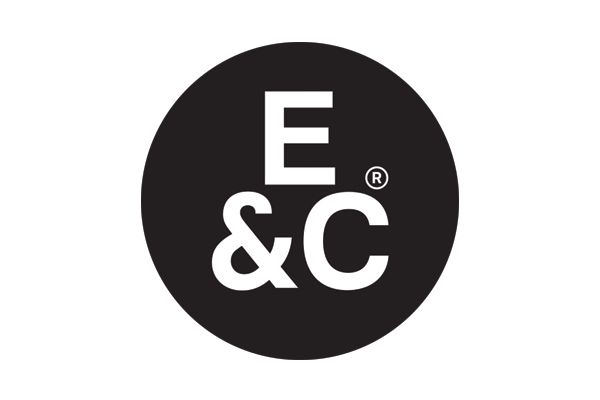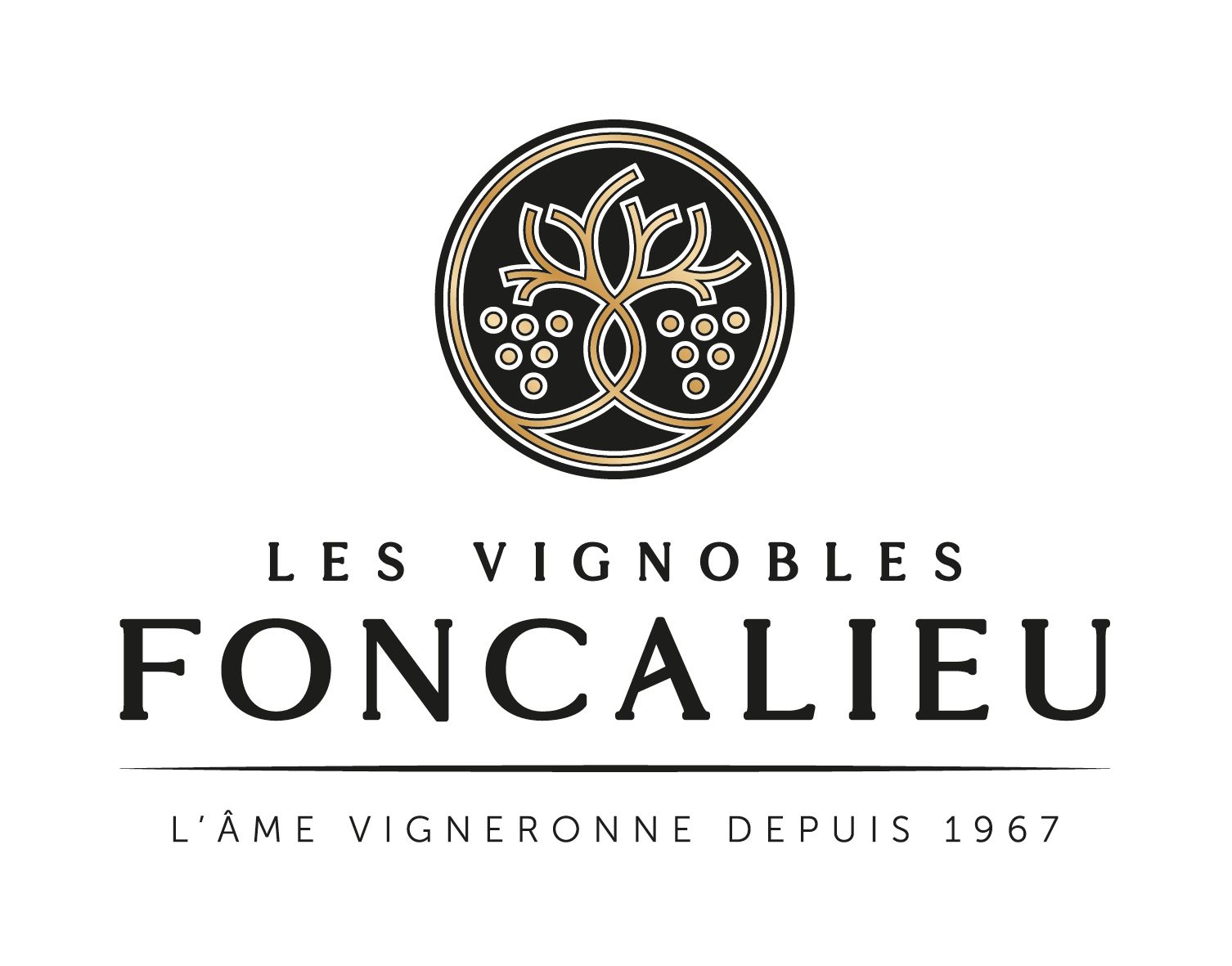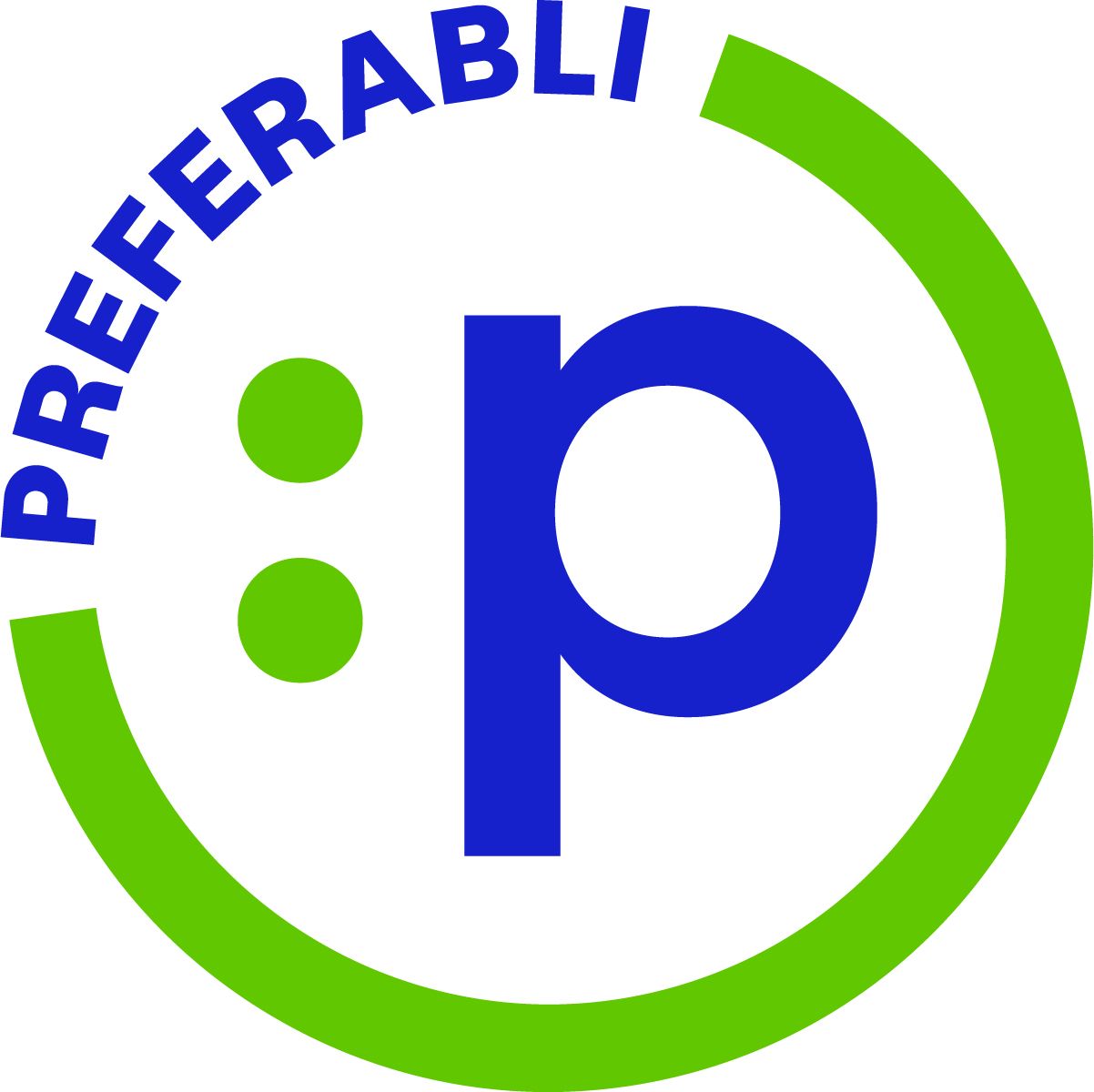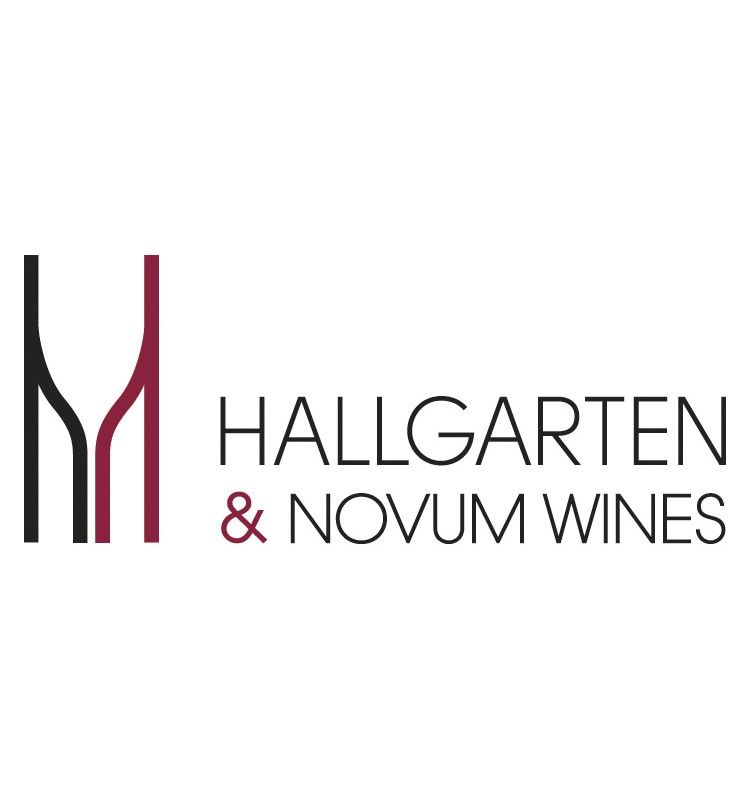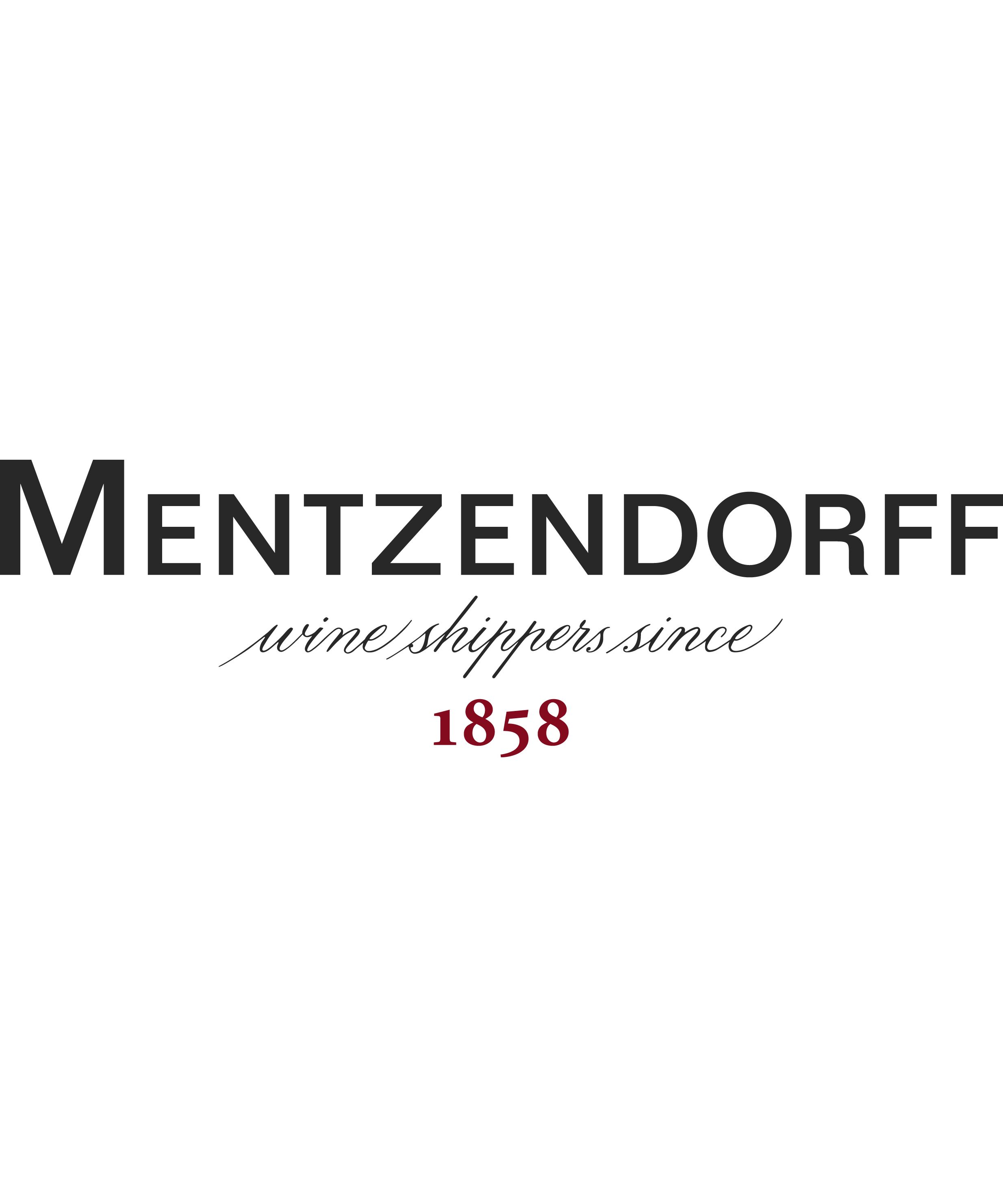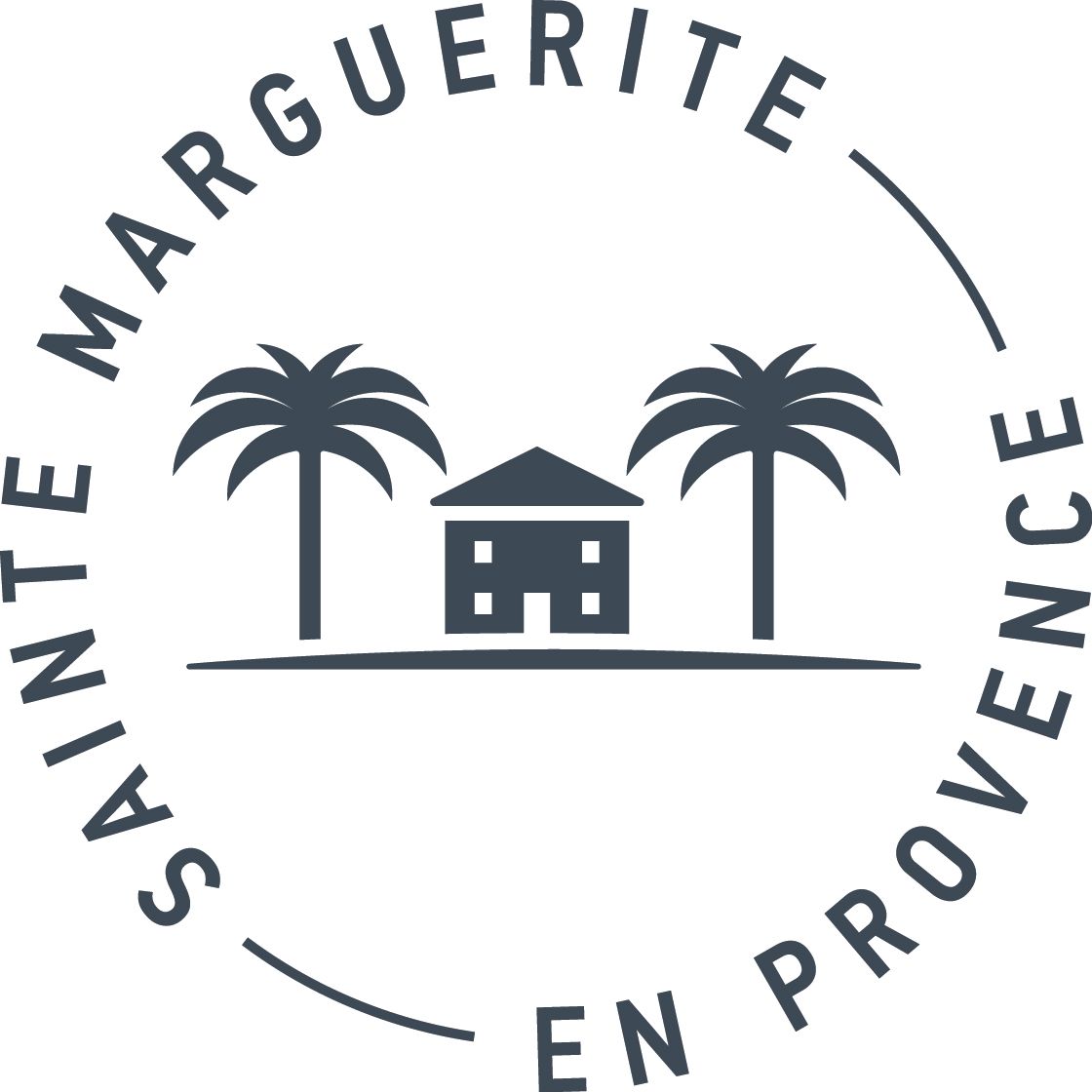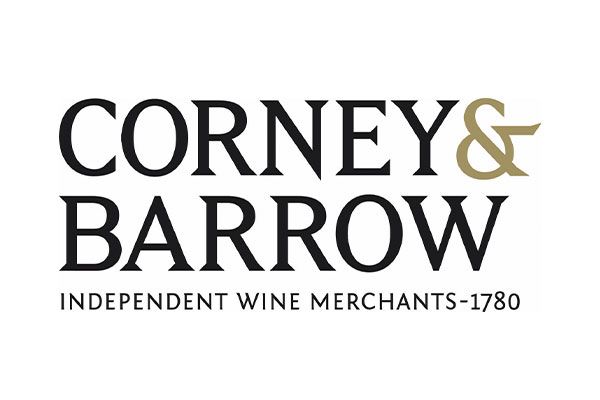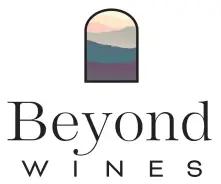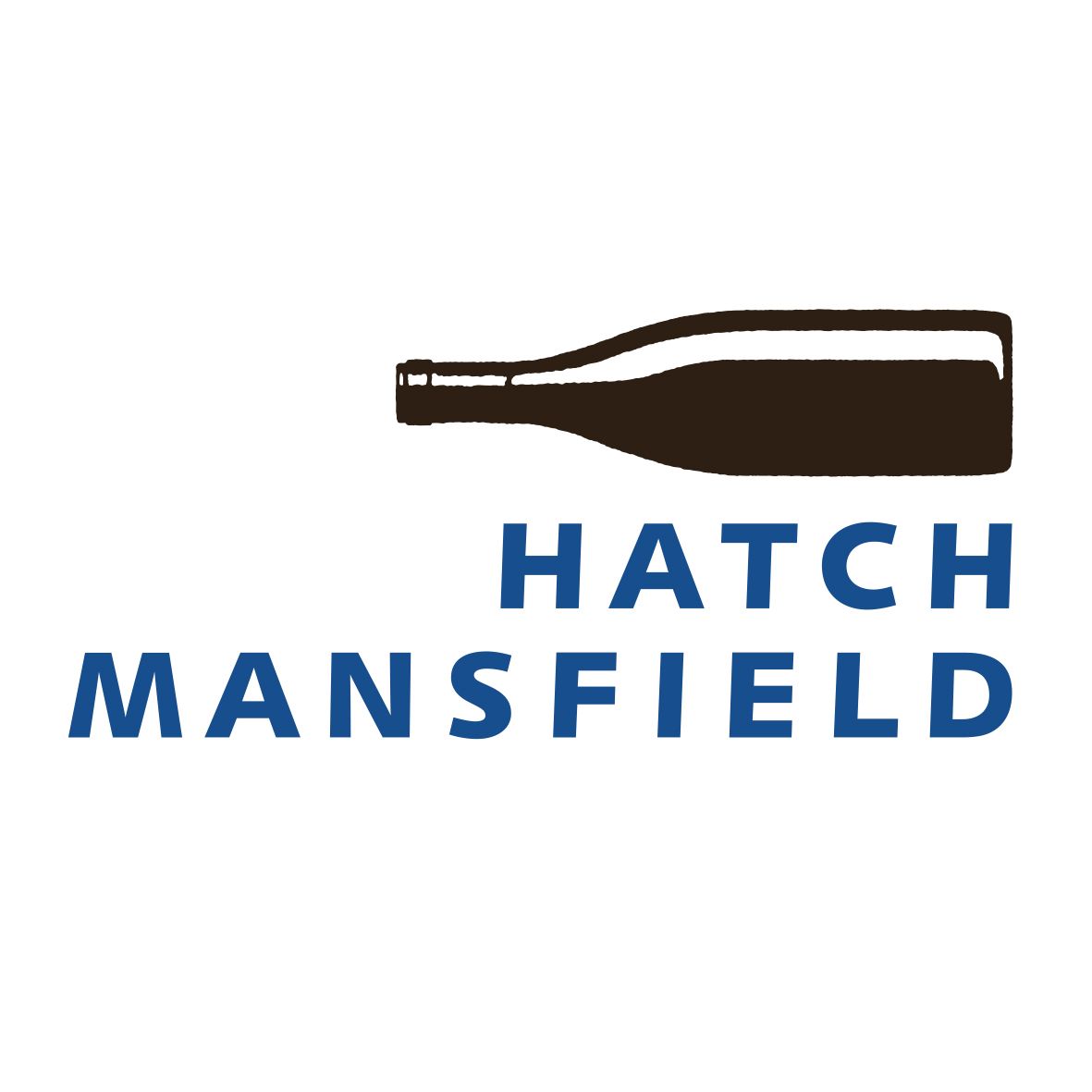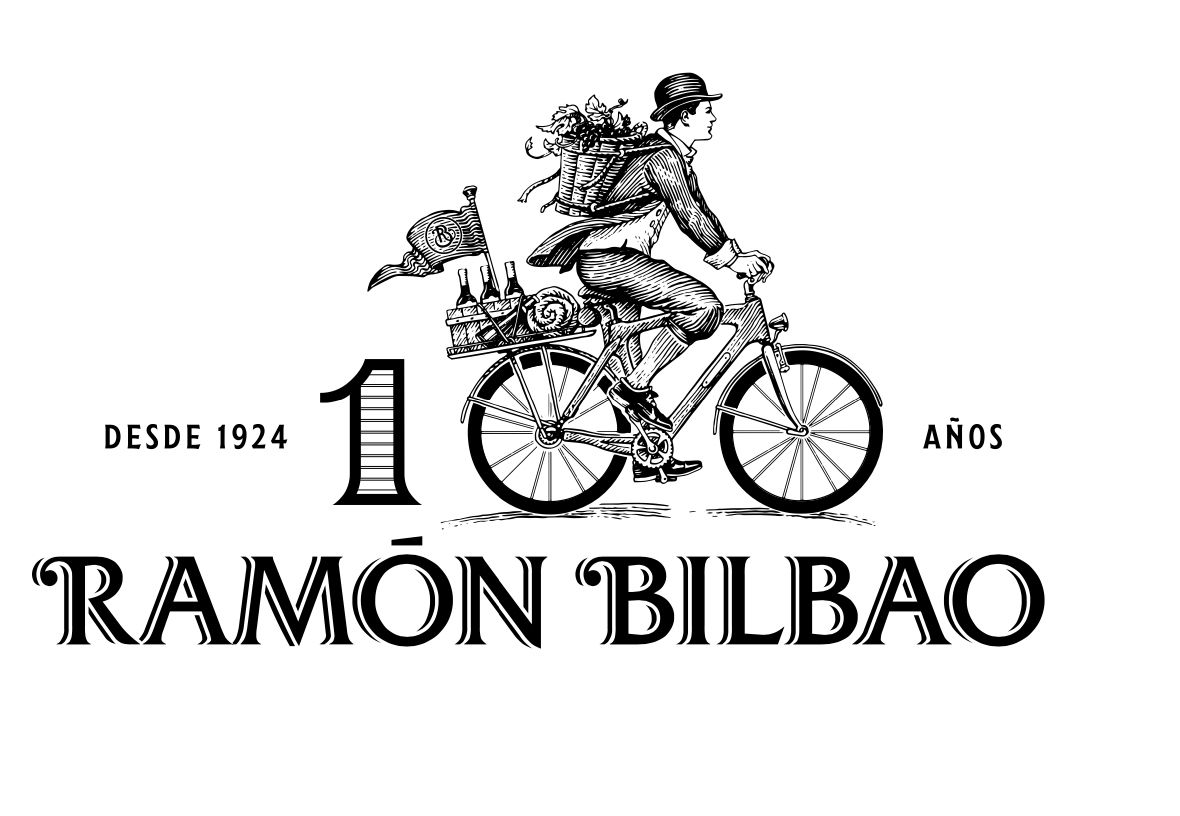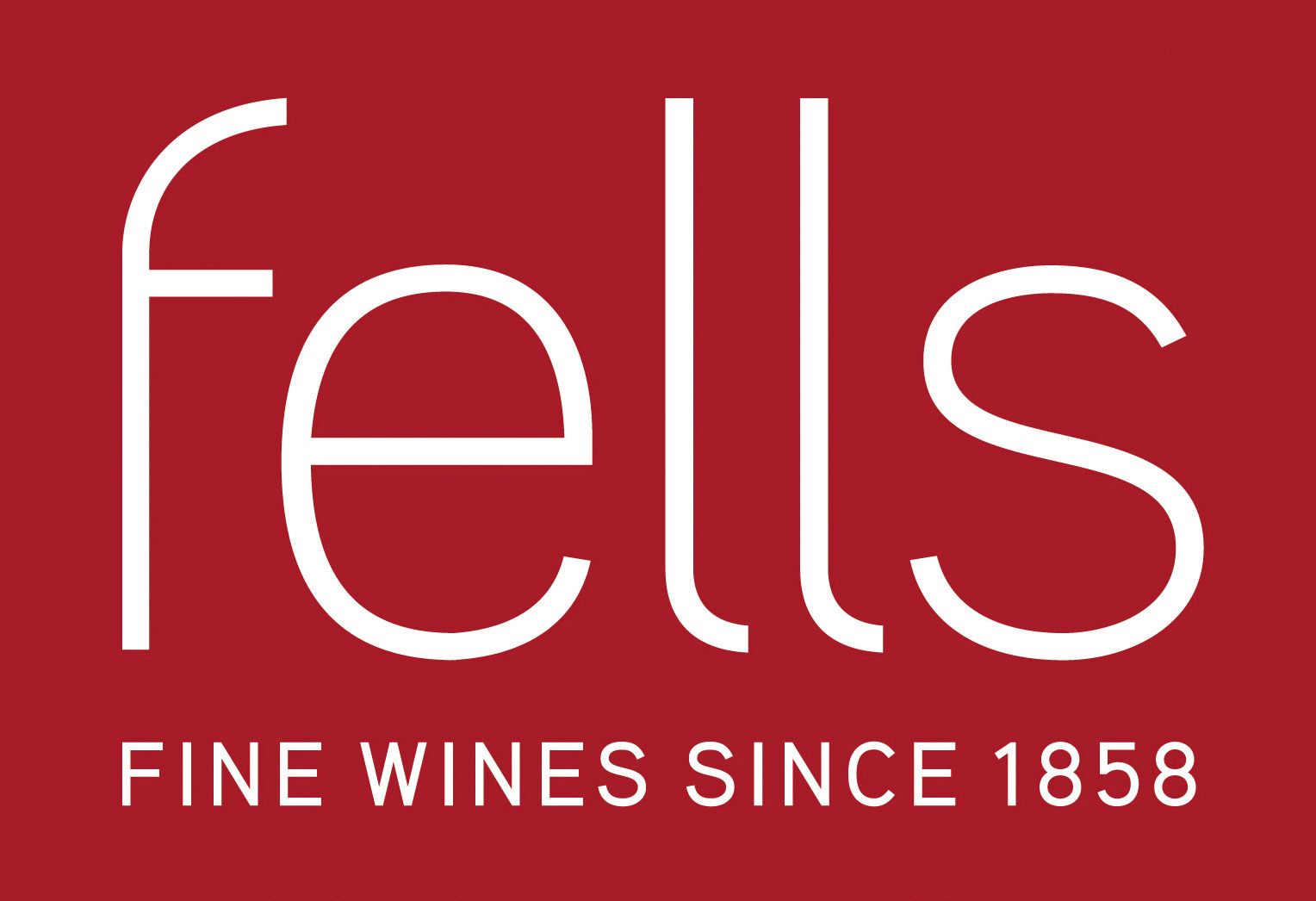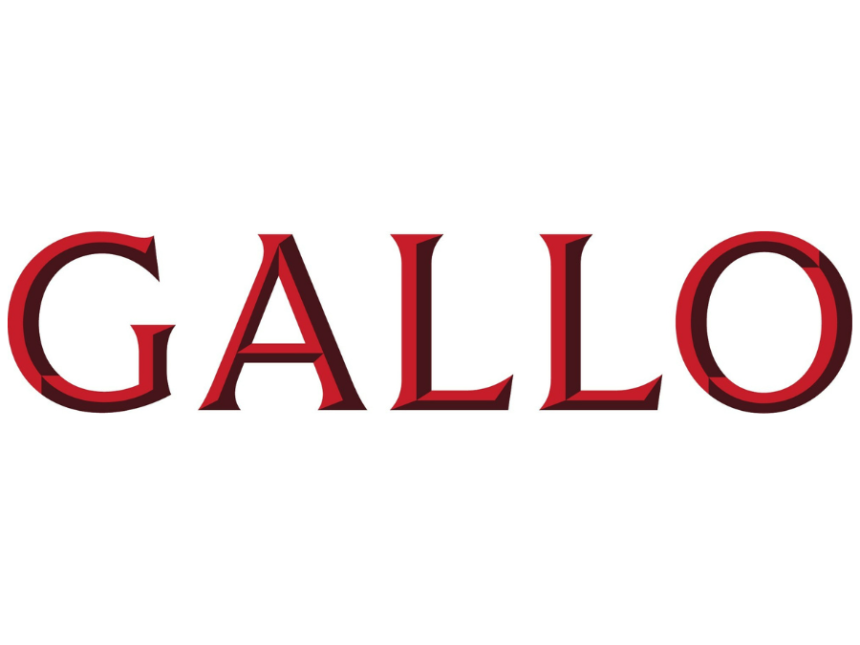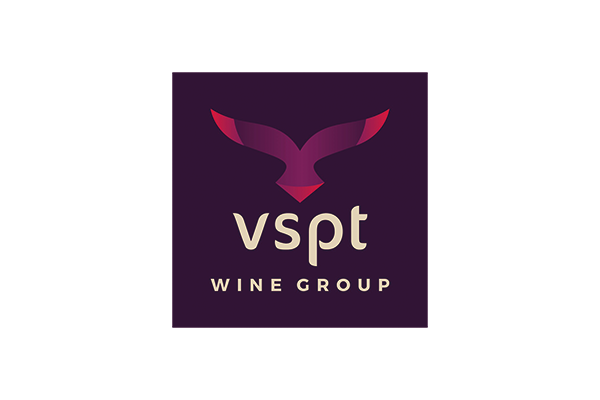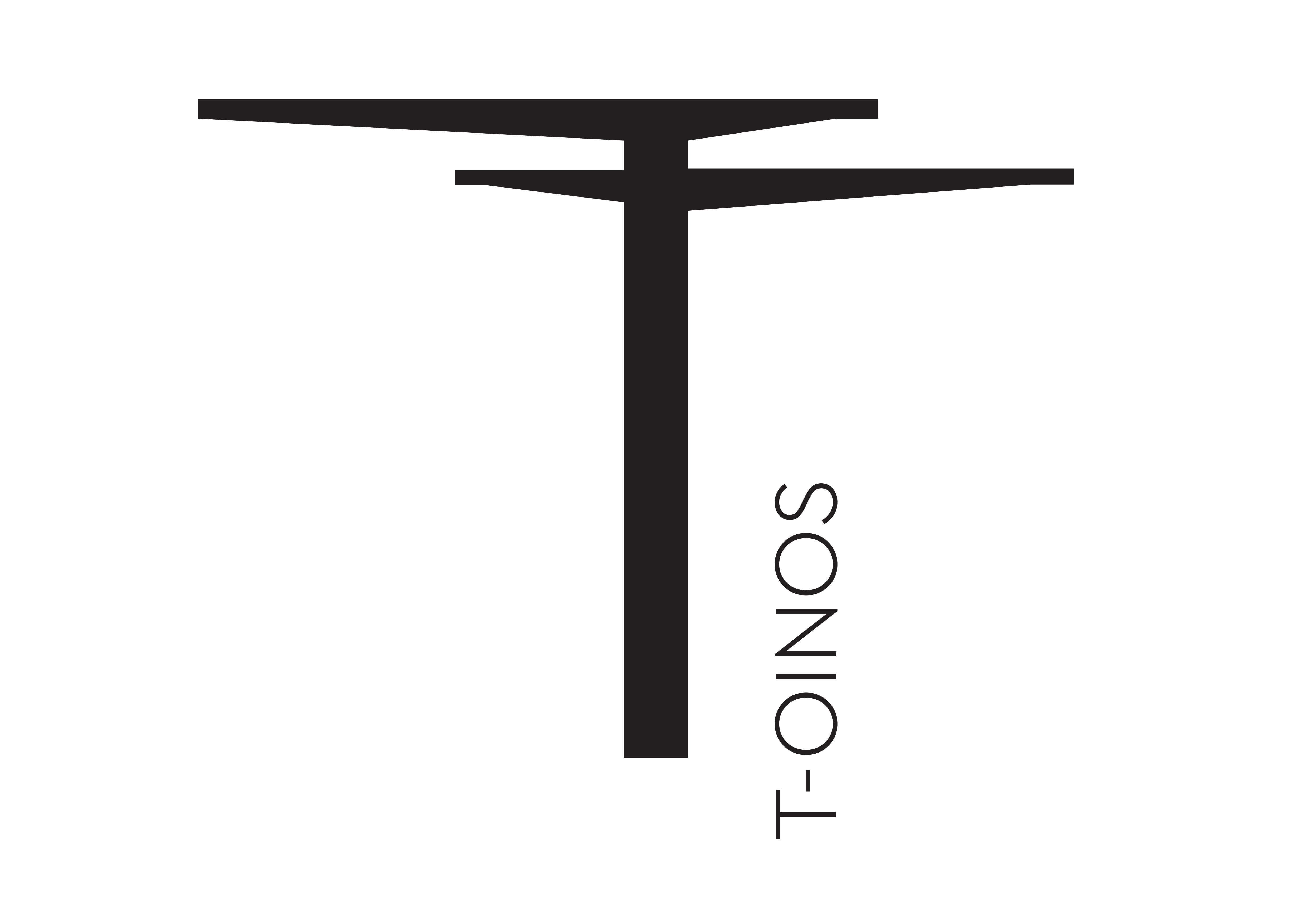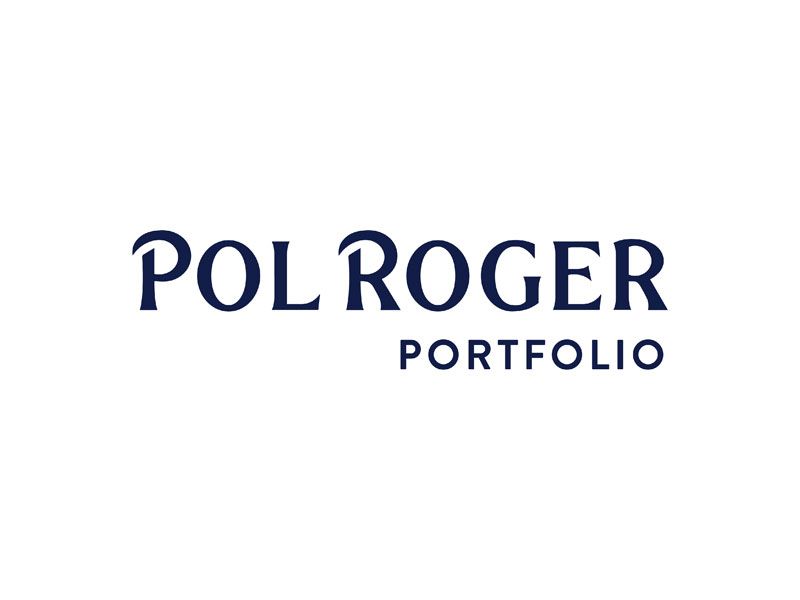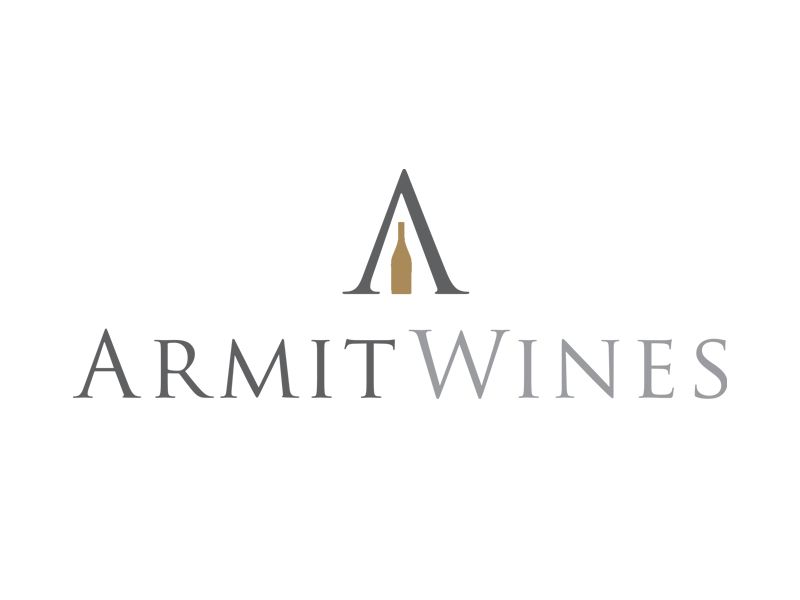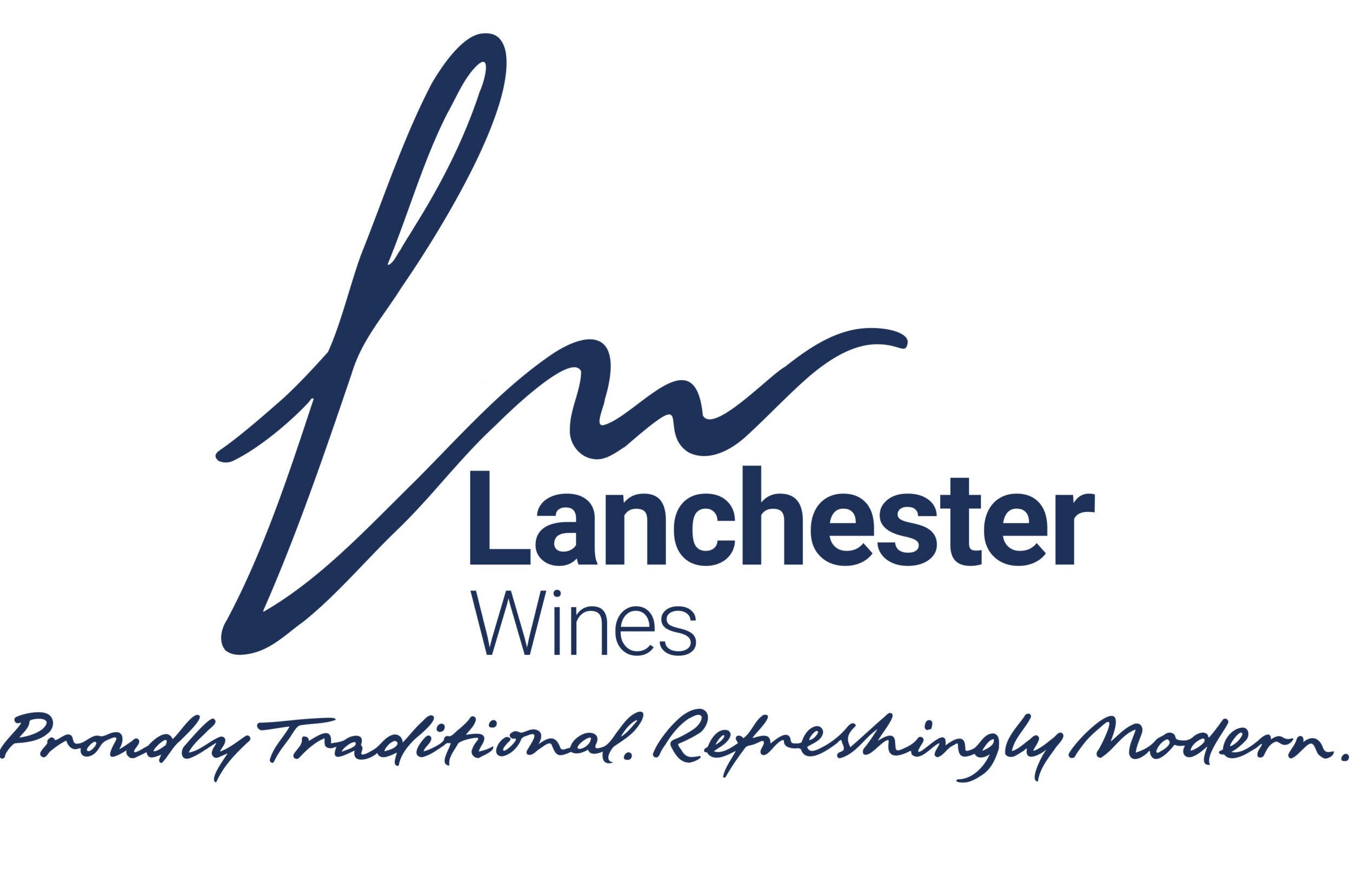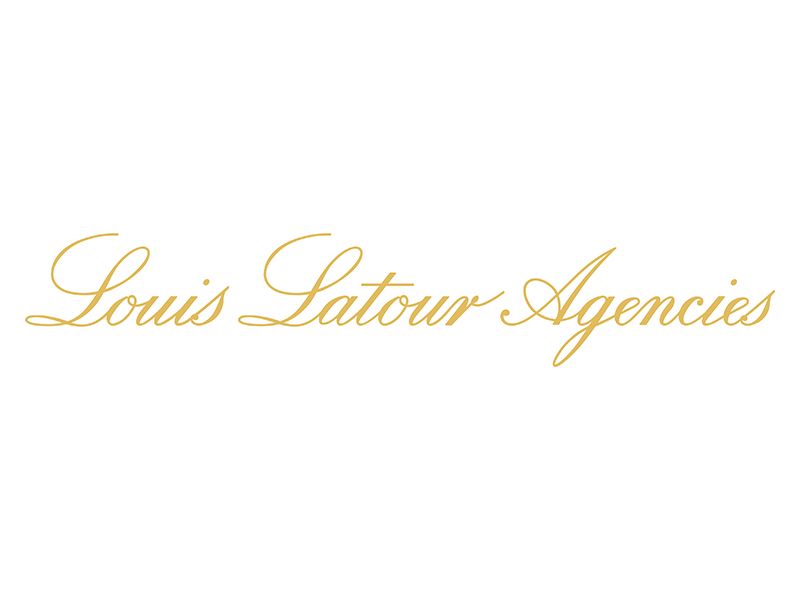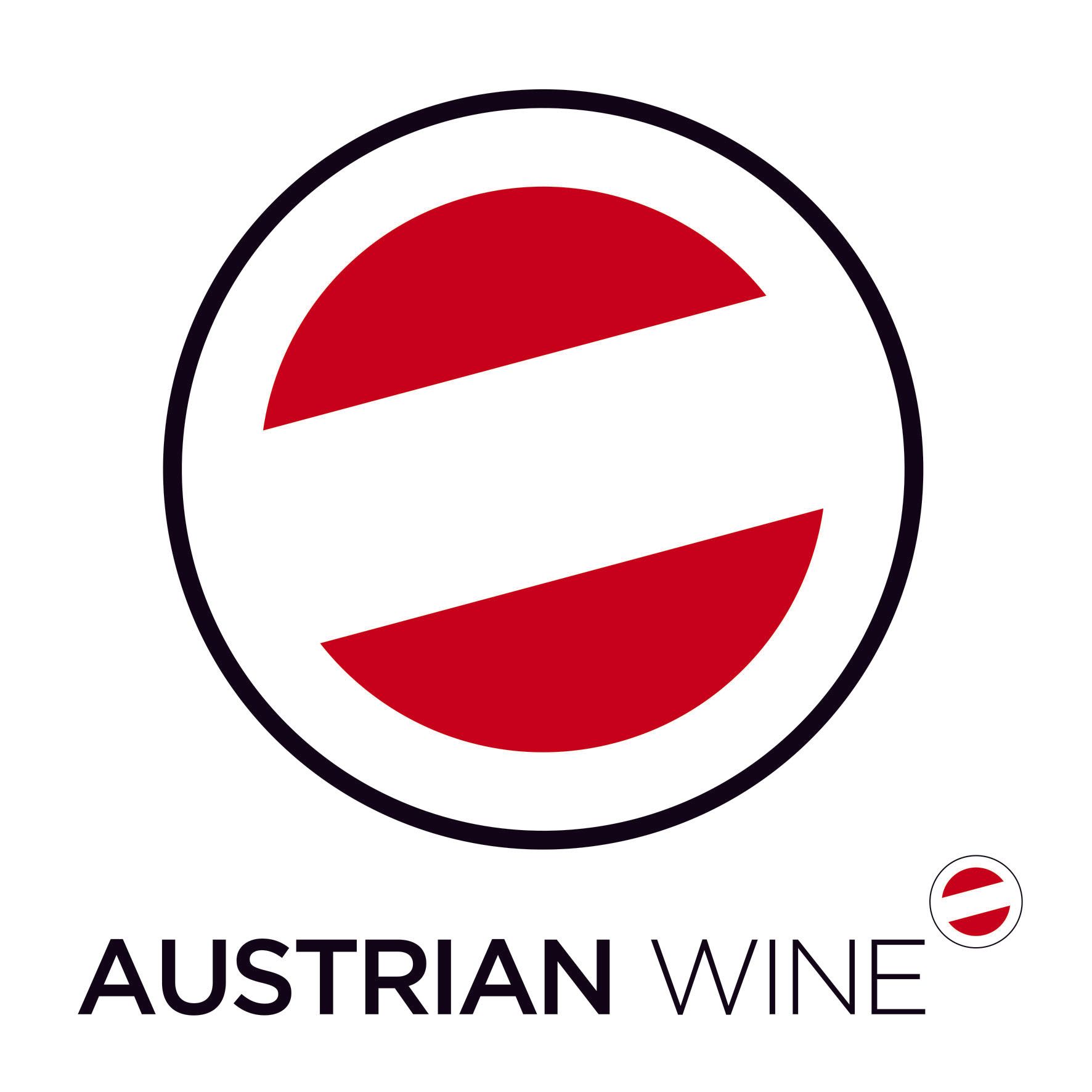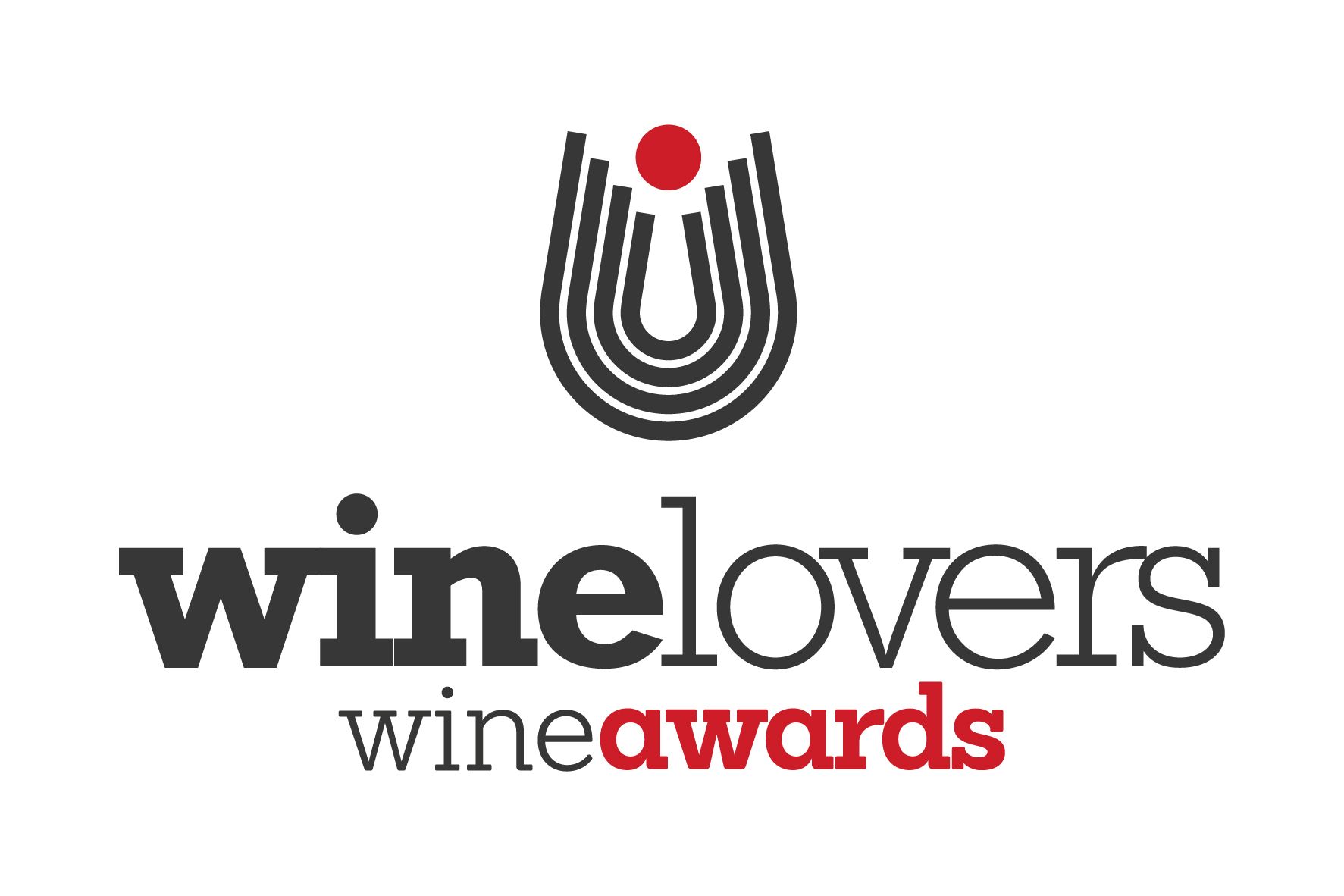In your role what has surprised and interested you the most about the opportunities there are for Provence rosé that you might not have considered before taking on the role?
I’ll start by putting my hand up and admitting that I had not understood or appreciated the extent to which the environmental practices and technical savoir-faire are very much part of the DNA of Provence. Today 61% of the vineyard has an environmental label; 27% of the vineyard is certified organic and 40% has the HVE accreditation and the Centre du Rosé is a research and development department focused on understanding and pushing the quality of rosé in the region.
As a professional buyer previously what do you think the region can now offer buyers that perhaps it could not five to 10 years ago?
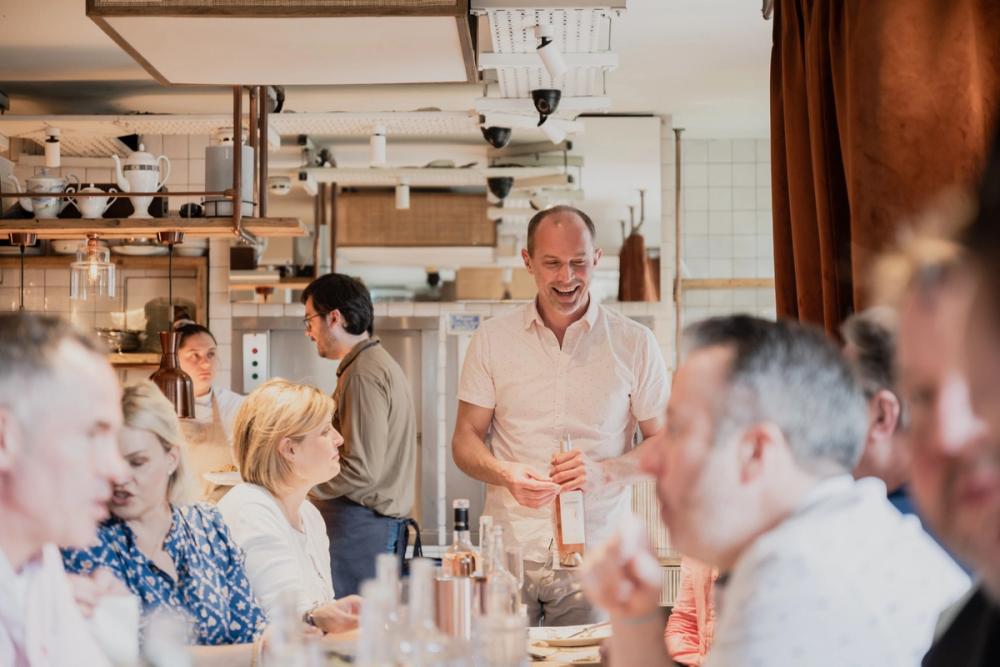
Ray O'Connor MW was able to share his passion for Provence rosé as part of The Buyer's Provence Restaurant Tour with leading UK wine importers, wine merchants, sommeliers and wine writers last summer
Year after year, every grower and winemaker has contributed to the improvement in the quality of the wines, which makes for a striking contrast versus 25 years ago. Without doubt the profile and notoriety of the region has reached new heights. It’s a must-have on every list, regardless of the establishment, and while this may be thanks to a number of higher profile labels, a rising tide lifts all ships.
What would you most recommend buyers focus their learning on in order to understand the region better?
The assurance of quality across the three appellations that make up Vins de Provence - Côtes de Provence, Coteaux d’Aix-en-Provence and Coteaux Varois en Provence. It doesn’t take a vast benchmarking exercise to see how other ‘dupes’ stand up against the wines of Provence. This coupled with various personalities throughout the region. There are many family estates who have been working this land for hundreds of years.
In the past decade, the spotlight may have swung in the direction of the region where they are based, but their understanding of this land goes far deeper. For example, there are 32 names for different winds here, all which result in subtle influences to the vineyards, which only people who really understand their land can appreciate.
What key changes in viticulture and winemaking do you think are now being seen in the wines?
Provence started to seriously focus on lifting the quality of its wines around 25 years ago. Its producers took an unconventional approach to the romantic (and often valid) notion that wine is made in the vineyard. Rather, they worked on understanding where they wanted to end up: colour, aromatics, texture, stability etc… and worked backwards from there.
Essentially asking: “What would we need to do in the vineyards to achieve these qualities?” and rolled out these proposed changes to the hundreds of growers and winemakers across the region who, amazingly, adapted them.
This movement of unity across the region in pursuit of quality is what we have to thank for the quality and style we see today.
What would you like to see better reflected in some of the Provence rosé lists and ranges - where are the key gaps?
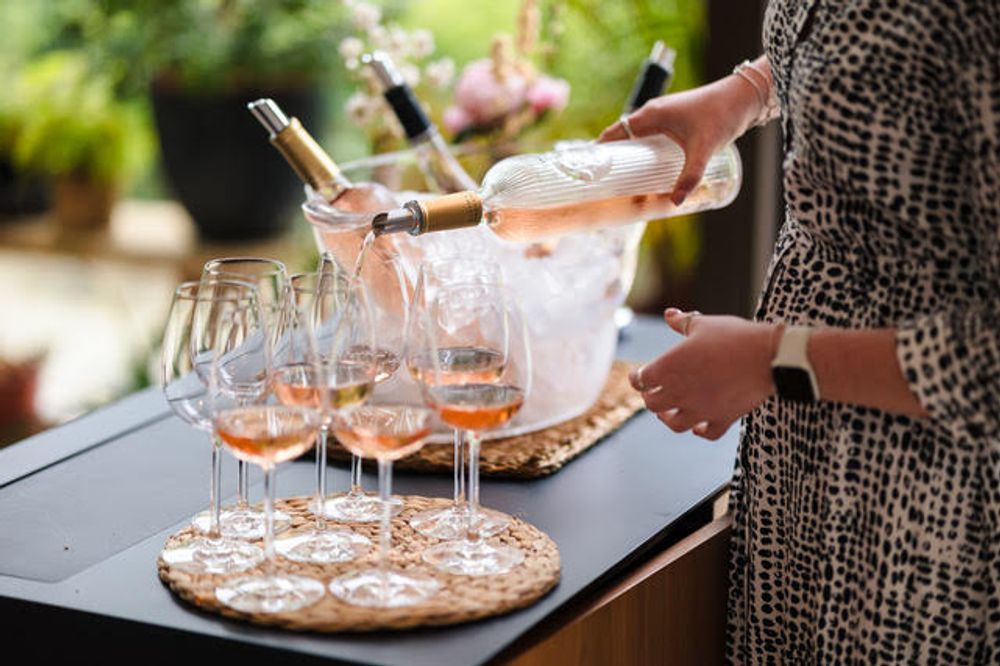
It is not surprising that well-known brands dominate many wine lists; we are, after all, here to serve. But depending on how much opportunity you have to engage with your customers, there is a significant number of producers in the region who are doing some great environmental work.
Also, the Désignation d’Origine Géographique Complémentaire (DOGCs) of Fréjus, Notre-Dame-des-Anges, La Londe, Pierrefeu and Sainte-Victoire in Côtes de Provence offer more site-specific quality cues that would undoubtedly be appreciated by the engaged consumer.
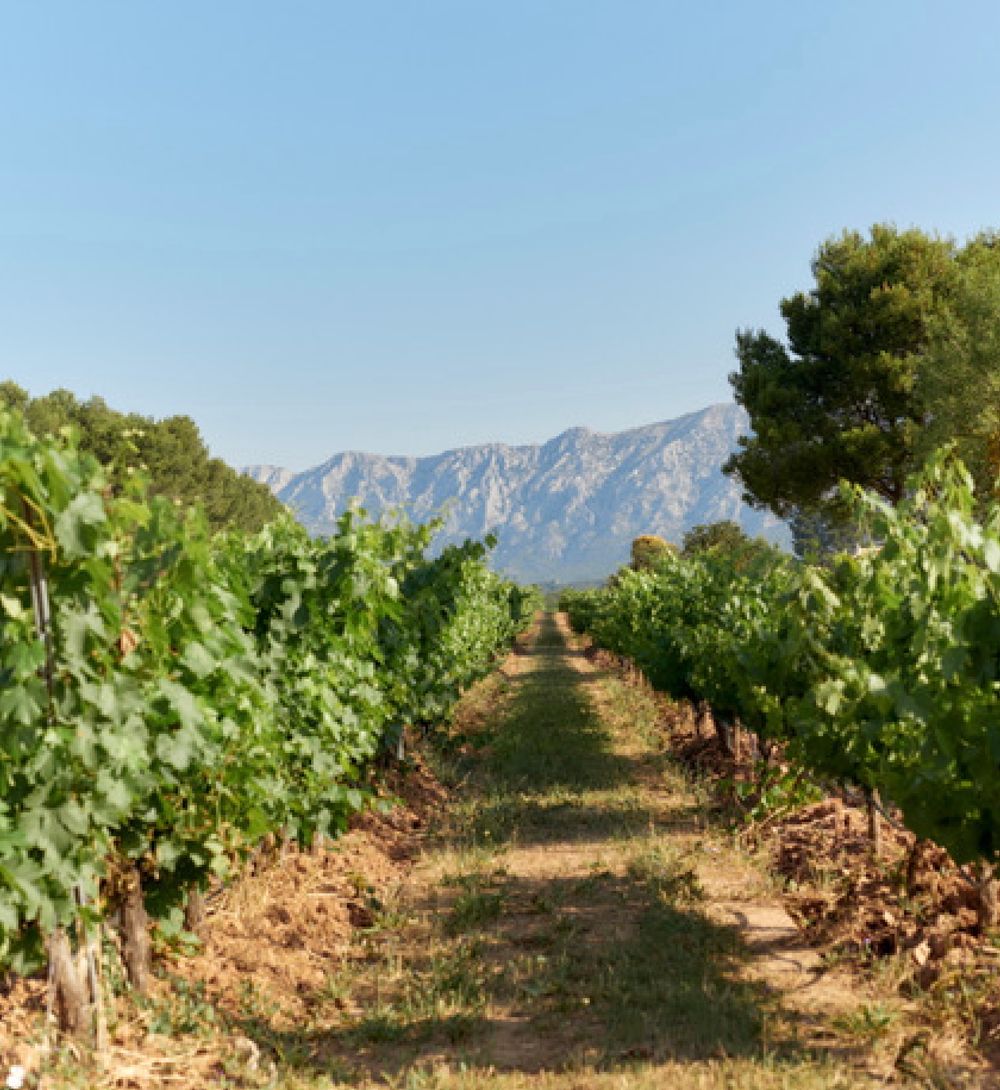
For those pursuing a more gastronomic experience with the wines of Provence there is a wide breadth of style, weight and intensity across the region. Beyond the size of the overall region and subsequent climates, there is quite a lot to play with when it comes to the blend of grape varieties which, in turn, lends itself to wines better suited to lighter dishes or those with greater depth of flavours. This is particularly evident with the rosés de garde - Provence rosé, by and large, ages very well, whereby the subtle red fruits transform into a wider spectrum of autumn yellow fruits with a texture and occasionally umami-like characteristics, which compliment many foods.
What would you advise Provence producers to be focusing on in the coming years to maximise on the potential they now have?
This is a time to be doubling down on consumer loyalty to your brand. The wine industry regularly witnesses rotating trends but Provence won’t necessarily fall into that position due to foundations of quality which have been installed, particularly in the last 25 years.
Which styles do you think are the most successful and represent the region the best for what it can do.
The styles which are the most successful are the ones which are ‘facile à boire’, easy to drink, for the consumer. That is to say lovely aromatics, vibrant and brisk mouthfeel supported by underlying textural qualities. To quote Thom Yorke of Radiohead: “Everything in its right place.”
Further to that, the region can offer a wider range of styles through grape varieties, origin and winemaking techniques. For example, the use of only a small amount of the local variety Tibouren gives more breadth and intensity to the blend.
The wines of Sainte-Victoire can bring a positive tension and vibrancy to a wine while the wines closer to the coast, such as La Londe have a natural, marble-like roundness to their texture. All the while there are those who are working with varying levels of oak as well as really appealing styles coming through from amphora and concrete vessels.
What food pairings do you think Provence can now deliver that might surprise some in the trade?
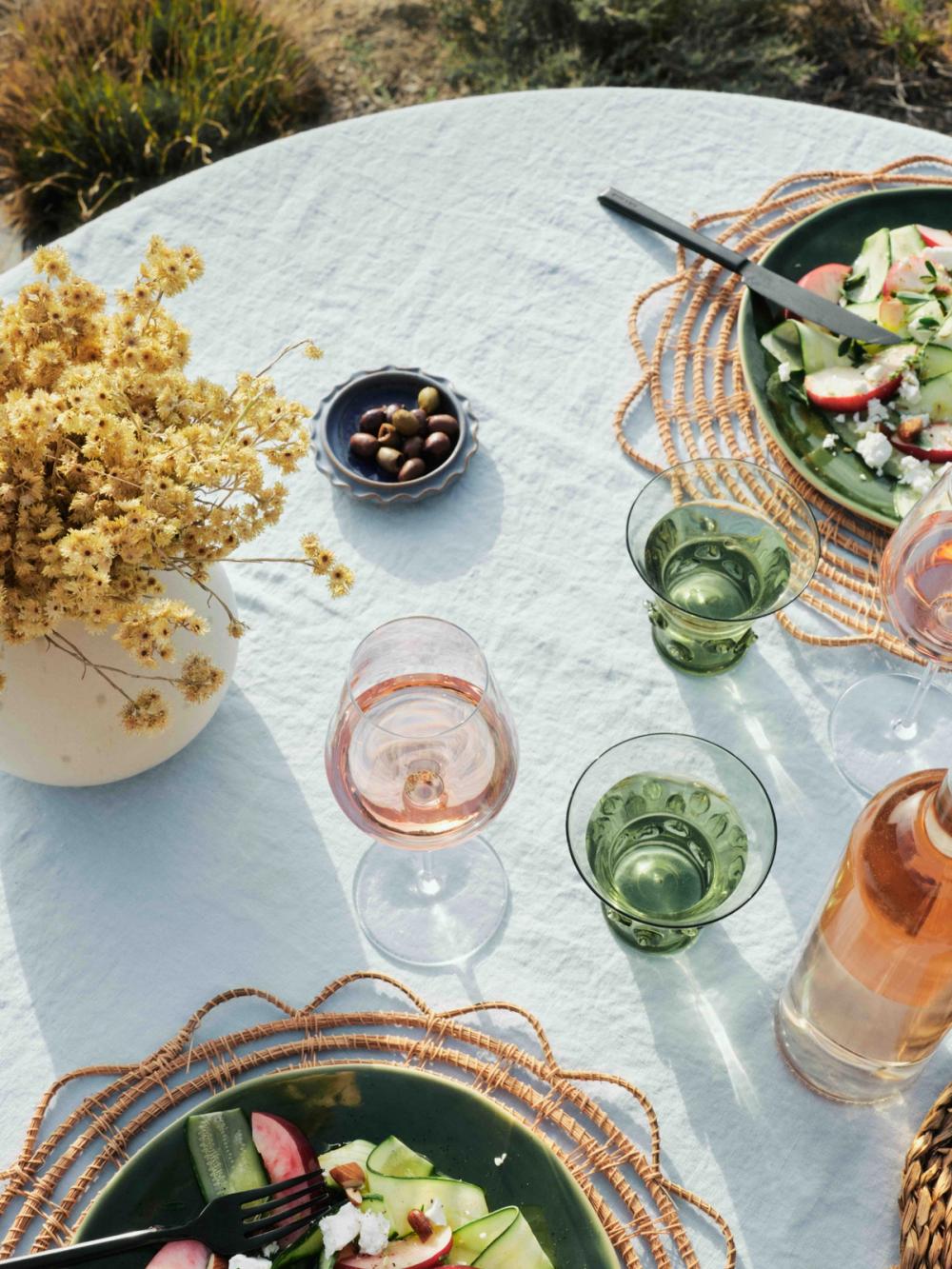
Well, if you take the above variations of style into consideration, you can start to imagine the depth of flavours which quality Provence wines can easily match. You’ll remember we enjoyed The Buyer Restaurant Tour last year where we appreciated everything from quality British foods such as trout or duck egg to flavour-packed Vietnamese food. I would suggest that the key thing to acknowledge is the textural qualities of these wines.
Yes, they are crisp and fresh, served chilled, but many have a depth and roundness to them also. So, the final piece is more like a quartet supporting the main dish, rather than a soloist.
What justifies Provence’s claims that their rosés as the best rosés in the world?
While the region has seen many wine styles over the centuries from clear wine back in Roman times to a deeper style of pink in the 1970’s, the past 25 years of research and development in Provence has led to a fundamental understanding of the diversity of wines across the region. This, combined with its unique terroirs, and its almost exclusive focus on rosé wine, ensures that Provence has set, and continues to set, the standard when it comes to rosé.
* You can hear first hand from Ray O’Connor MW what is thoughts are on Provence rosé in a special online masterclass on April 11, 10am-11.15am - Provence Rosé - Are They All the Same? During the masterclass Ray will share his personal experiences and then take people through a series of wines. To find out more and register your interest in taking part click here.

